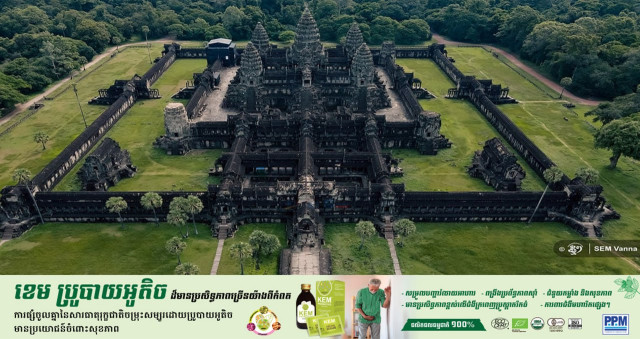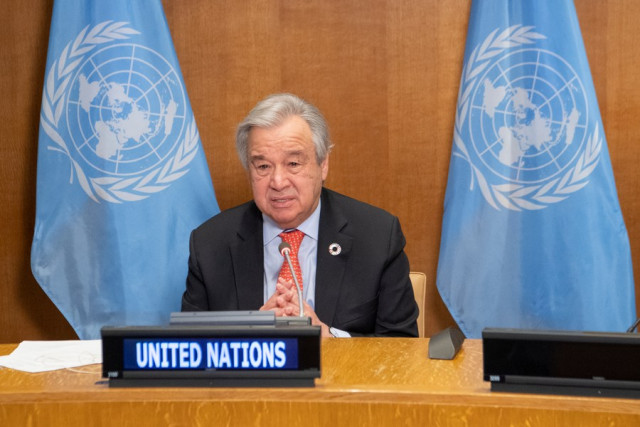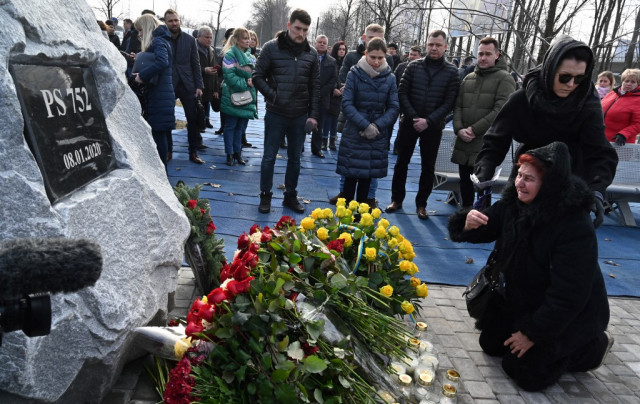Should Angkor Wat Replica be Built on Foreign Territory?

- By Po Sakun
- September 30, 2023 11:30 AM
PHNOM PENH – Construction of a temple in Thailand that apparently resembles Angkor Wat has caused controversy and criticism from Cambodian social media users and has raised questions about whether it should be allowed to be built.
The Ministry of Culture and Fine Arts has vowed take up the issue with the Thai side.
Sambo Manara, a history professor at Pannasastra University of Cambodia, said that it was true that marvelous architectural structures in the world were replicated in other countries.
“Imitators ceaselessly adore those stunning designs and look forward to seeing their countries being well known as the country of origin,” Manara said.
“Cambodians should be proud of this matter. “Despite the numerous replicas, Angkor Wat retains its attractiveness worldwide.”
The construction at Wat Phu Man Fah in Thailand, is not the first case.
France built an Angkor Wat temple replica in Paris and this was displayed at the 1931 Colonial Exhibition. It was destroyed by bombs during the Second World War.
India also planned to build a replica of Angkor Wat in 2012 with an estimated expenditure of $78 million on 200 hectares with a height of about 116 meters and 18 peaks.
Amid hostile criticism, Cambodia called upon the Indian government to take action in this matter. The Indian government urged the construction company to remove all Khmer styles.
Thailand also built a small-scale replica of Angkor Wat in Buriram province in 2021, which led to strong criticism from Cambodian citizens which has lasted until today.
Manara said that the latest replica promotes Khmer culture. However, Cambodia should be more cautious about the construction, ensuring that there is nothing above or beyond the value of our Cambodian culture.
“We should be proud of our marvelous cultural heritage,” he said.
“None of the countries in the world could build a replica like Angkor Wat temple in Cambodia. The more countries strive to replicate our temple, the more famous and incredible our temple would be.
“No matter how superior or large the country is, it is still impossible to build Angkor Wat exactly like Cambodia.”
Asked if Cambodians benefit from the replication of Angkor Wat on another country’s territory, Manara said if it is allowed to build a replica of Angkor Wat on foreign territory, the Cambodian government should study the ownership thoroughly to ensure that all benefits come to Cambodia, which is the original owner.”
“Relevant officials ought to deepen their understanding of the intellectual property law and UNESCO law on whether an imitator country could pay their tourism income to Cambodia or not.”
Action must be taken to attract more tourists
“The world today is a competitive society. If you are capable enough, you will win. Thus, the Cambodian governments, citizens, and ministries must take action and collectively promote our culture across the world,” he said.
Manara said it is Cambodia’s responsibility to promote and advertise the culture and it is impossible to get money without putting in any effort.
“Both authorities and youths should actively engage in strengthening our media platforms. Other countries cannot weaken their capability to compete with us, it is our obligation to enhance our capability.
“If we are incapable, we will stay behind them. Thus, we need to strengthen our children to be wiser.”
World-famous Angkor Wat was built during the reign of King Suryavarman II (1113–1150) in present-day Angkor.
It was originally constructed to dedicate to the god Vishnu, the deity of Brahmanism. Later, it was gradually transformed into a Buddhist temple.
Most notably, Angkor Wat temple is the summary of the high classical style of Khmer architecture. Angkor Wat has become a symbol of Cambodia and is embodied in the national flag.
Originally written in Khmer for ThmeyThmey, this article was translated by Rin Ousa for Cambodianess















